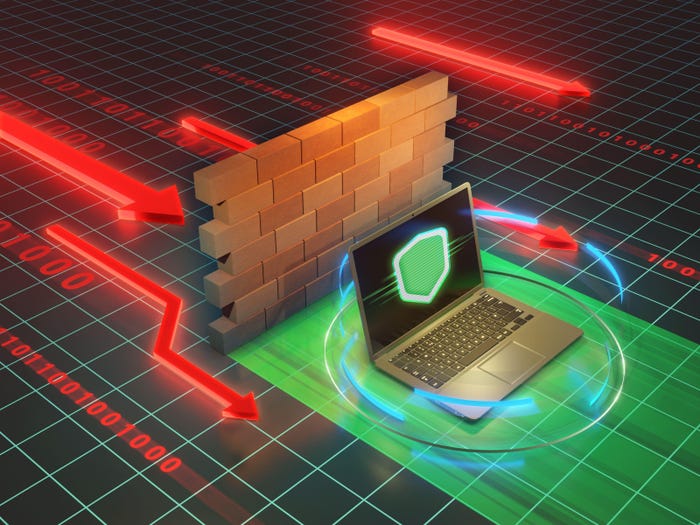What's the Buzz I'm Hearing About RAID 6?
RAID 6 is a relatively new data protection architecture becoming more readily available from mainstream storage vendors. RAID 6 is another implementation of the long-standing method of configuring disks in redundant “arrays." RAID protection has long been a cornerstone...
February 8, 2007

RAID 6 is a relatively new data protection architecture becoming more readily available from mainstream storage vendors. RAID 6 is another implementation of the long-standing method of configuring disks in redundant arrays."
RAID protection has long been a cornerstone for enterprise storage systems that decreases the risk of data loss and increases application availability. RAID "levels" refer to the specific configuration of physical disks that comprise a logical grouping. These RAID levels offer various performance and data protection benefits. Most storage administrators must make RAID configuration decisions based on application performance and availability profiles.
The most prominent RAID levels in use today are:
RAID 1 – Mirrored drives
RAID 5 – Multiple drives with data and parity striped across all drives
RAID 10 – Data is striped across disks and then mirrored
RAID 5 has long been considered the best combination of protection, performance, and capacity utilization. The parity information can be used to rebuild the original data in the event of a failed drive, and the data striping increases performance. Additionally, RAID 5 only incurs a small capacity overhead. Despite the distributed parity information, RAID 5 cannot rebuild data in the event of multiple drive failures.
RAID 6 brings an extra set of parity information to the table to address the issue of multiple drive failures. RAID 6 is essentially the same configuration as RAID 5, but with two sets of parity information distributed in unique patterns and locations across all drives. RAID 6 is sometimes referred to as “double parity” RAID. This configuration increases the level of protection for mission-critical data without drastically reducing performance or significantly increasing parity capacity overhead.RAID 6 is especially useful for high-capacity drives such as SATA because it takes longer to rebuild those drives, and the chance of losing multiple drives is greater.
However, RAID 6 is more expensive than other common RAID levels. It requires a specialized controller and a minimum of four hard disks – compared to three for RAID 5 and two for RAID 1 and RAID 10.
— Tim Arland, Principal Consultant for Storage Solutions, Forsythe Solutions Group Inc.
You May Also Like
Maximizing cloud potential: Building and operating an effective Cloud Center of Excellence (CCoE)
September 10, 2024Radical Automation of ITSM
September 19, 2024Maximizing Manufacturing Efficiency with Real-Time Production Monitoring
September 25, 2024



